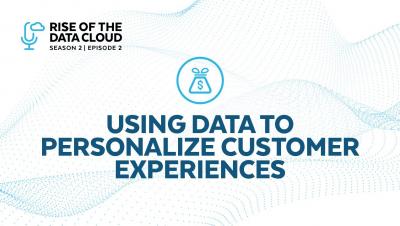Integrating tests to your development pipeline. Quickstart guide to Loadero API.
Sometimes using a graphical user interface isn’t enough to fulfill your daily tasks, especially when you start automating your testing routines. Imagine a scenario, when you perform a regression test on a piece of functionality every time you push a new release or merge your code to a particular branch. It would be a nightmare to manually run those tests every time, especially if your team is rather large and you’re practicing continuous delivery.










